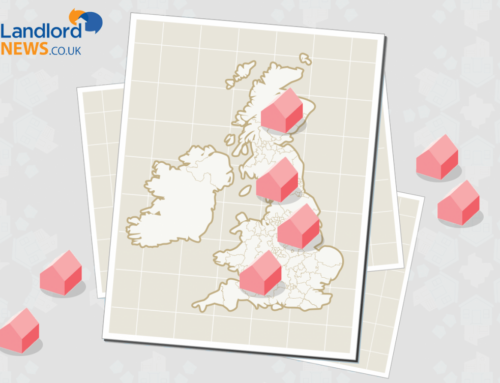Home » Uncategorised »
Could the Buy-to-Let Sector Harm the UK Economy?
This article is an external press release originally published on the Landlord News website, which has now been migrated to the Just Landlords blog.

The buy-to-let sector has boomed in recent years, fuelled further by landlords rushing into the market since the start of the year. But could this surge harm the UK economy?
The Deputy Governor for Financial Stability at the Bank of England (BoE), Sir Jon Cunliffe, recently told a House of Lords committee that a huge rush of buy-to-let landlords may sell en masse if tax rates rise or higher interest rates reduce their profits.
He believes that this could cause significant house price declines and subsequent threats to the UK economy.

Could the Buy-to-Let Sector Harm the UK Economy?
Lending data from the BoE shows that buy-to-let mortgages have risen from 11.3% of all new loans in the third quarter (Q3) of 2007 to 15.6% in Q3 2015.
Cunliffe says that if any changes are made in the economy to tax or interest rates, landlords may suffer dismal returns or even losses. This could then cause a mass of landlords to leave the buy-to-let sector and cause instability throughout the UK economy.
In last year’s Budget, the Chancellor announced several changes to landlord finances.
From April 2017, buy-to-let landlords will lose the ability to offset all of their mortgage interest against income tax on rent.
Two landlords have been leading a legal challenge against the change, and HMRC is expected to respond by 16th March.
Additionally, the automatic 10% Wear and Tear Allowance will be replaced from 1st April. Landlords will only be able to claim back on work that has actually been completed.
And while significant figures such as Cunliffe have expressed concerns over these additional costs, research among landlords suggests that rents will be forced up as a result, and many are thinking of leaving the sector. In fact, a recent study from the National Landlords Association (NLA) has found that the number of landlords thinking of leaving the buy-to-let sector has quadrupled in six months in central London.
However, economic analysts expect any interest rate rises to be postponed until 2020.
Indeed, the buy-to-let sector is proving buoyant at the present time. Since the beginning of the year, there have been many reports of a booming market, as landlords look to expand their portfolios ahead of the 1st April Stamp Duty deadline.
As of 1st April, buy-to-let landlords and second homebuyers will be charged an extra 3% in Stamp Duty on properties worth over £40,000. Conveyancers have recently called for the plan to be scrapped.
Although it is expected that buy-to-let investment will decline after the surcharge is introduced, the booming market suggests that landlords are confident in the sector and do not expect the forthcoming tax changes to be much of a threat to their finances. If landlords stick with the sector, perhaps the economy will not fare too badly.




